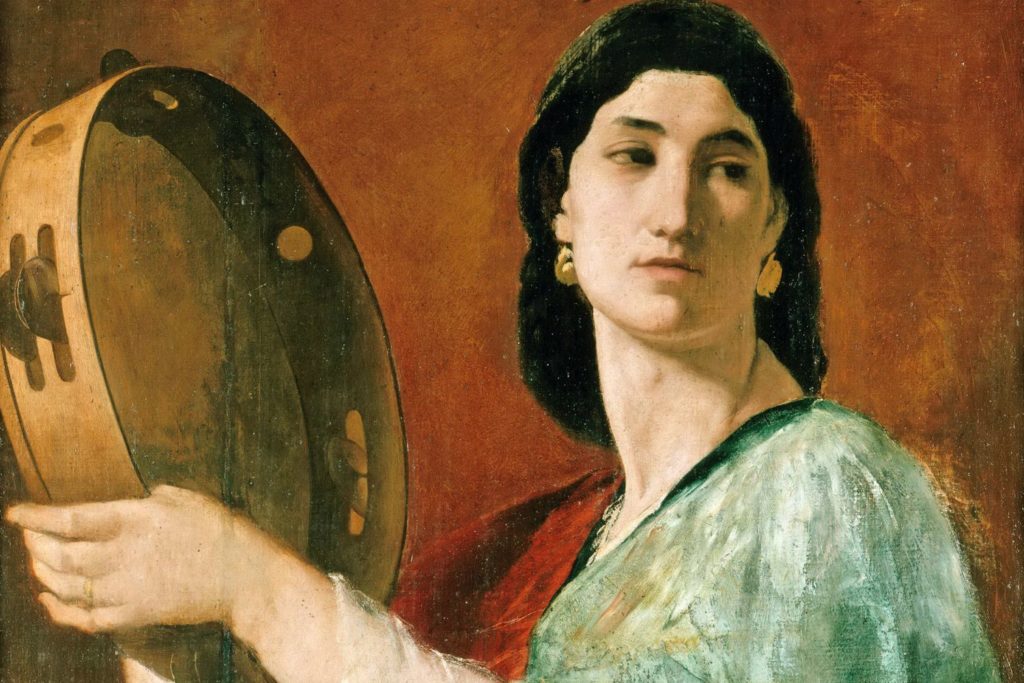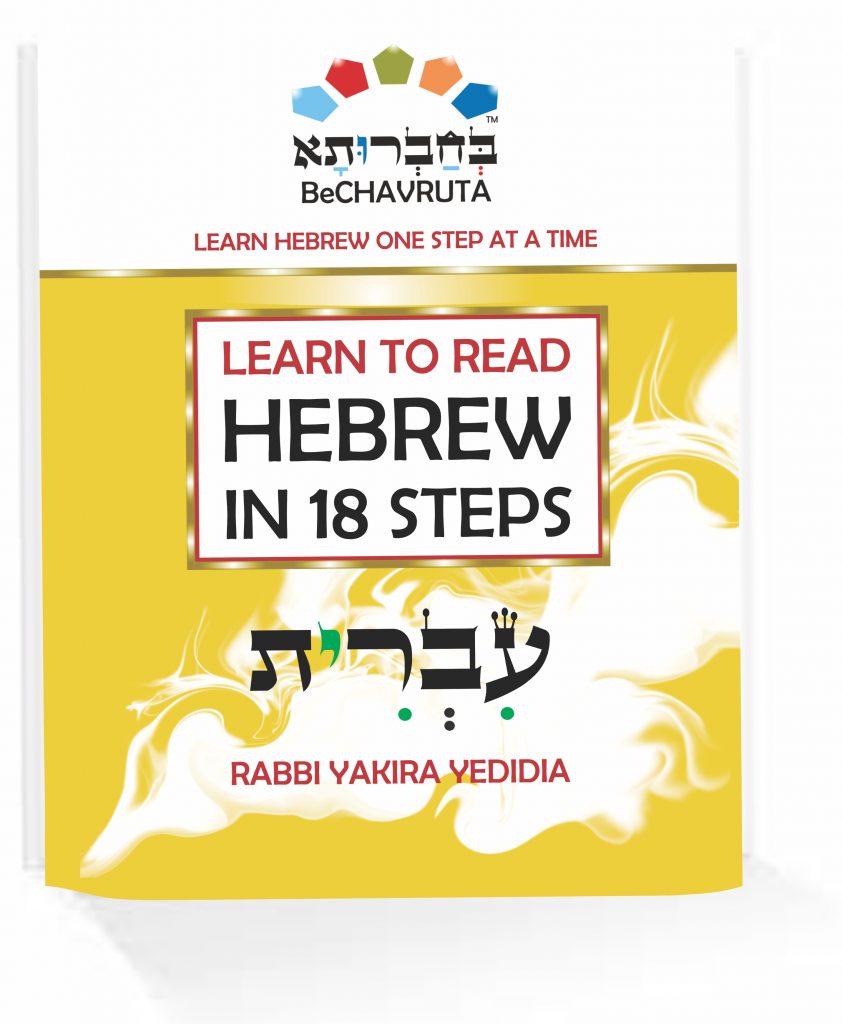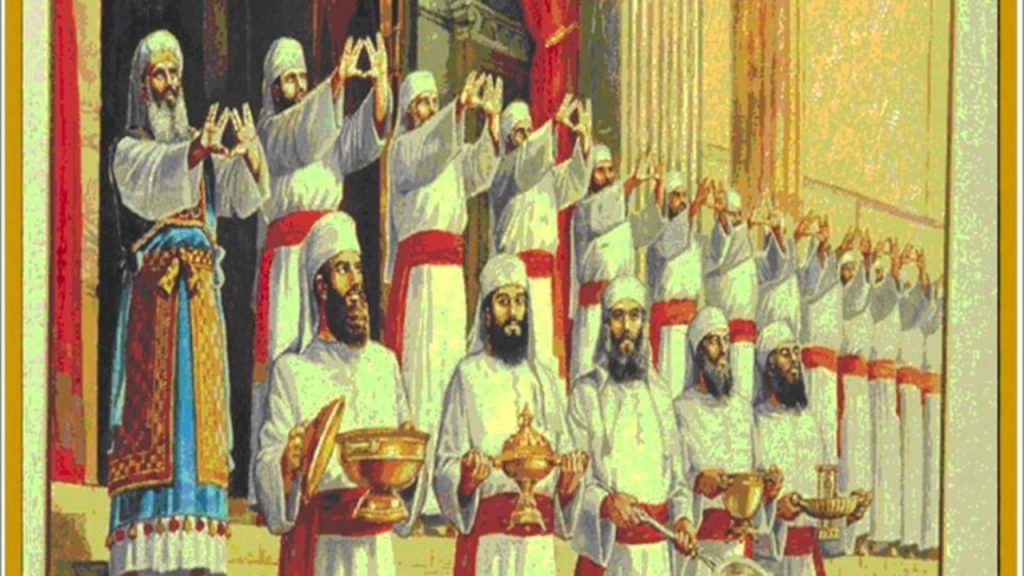In a nutshell
Parashat Chukat, sets out the laws of corpse contamination tumat hamet and purification. The Red Cow פָרָה אֲדֻמָּה parah adumah, also called the “Red Heifer” was a part of the manner in which the kohanim and the Jewish people purified themselves in order to become ready, pure to sacrifice the korban pesach. It also reports the deaths of Miriam and Ahron, the failure of Mosheh at the Waters of Merivah, and the conquest of Arad, the Amorites, and Bashan.
Mosheh is taught the laws of the red heifer, a Jew who touches a dead body becomes tame (impure), and may not enter the Camp of Shechinah. In order for him to become pure again, on the 3rd. and on the 7th day, a kohen sprinkles him with the ashes of a red cow, mixed with water, followed by immersion in the mikveh. In parashat Chukat we are being confronted with mortality. Chukat is filled with sadness, loss, and anger. According to midrash, even in his last hours of life, Mosheh prayed for the opportunity to enter the Promised land. He was denied.
Miriam’s passing

Bnai Israel were now in their 40th year of wandering in the desert, arriving to the wilderness of Zin. And then tragedy struck. The Torah refers to her as “Miriam the Prophetess” and the Talmud names her as one of the seven major female prophets of Israel. According to the Midrash, just as Mosheh led the men out of Egypt and taught them Torah, so too Miriam led the women and taught them Torah. Miriam the older sister of Ahron and Mosheh, on the 10th of Nissan, 2487, Miriam, Mosheh’s sister dies at the age of 126. Only Mosheh buried her, and he and Aharon mourned for her. Miriam’s death is described in Numbers 20:1 followed by the Israelites complaining of the lack of water at Kadesh. “Miriam died there, and was buried there. And there was no water for the congregation.” The “well of Miriam” dried up when she died. People cope with grief in many different way. Followed his beloved sister’s death, G‑d tells Mosheh to speak to a rock and command it to give water. Mosheh gets angry at the rebellious Israelites and strikes the rock. In Exodus 17:5–6 it was said that this rock, the well, traveled with the people until Miriam’s death. Rashi says that this well was the same rock from which Mosheh brought forth water after Miriam’s death. Mosheh is told by G‑d that neither he nor Ahron will enter the Promised Land. There is no comfort.
Mosheh, Aharon & Miriam
The Talmud says, “Three great leaders led Israel: Mosheh, Ahron and Miriam. In their merit they received three great gifts: the Well (Miriam), the Clouds of Glory (Ahron) and the Manna (Mosheh).” When Miriam died, the well was removed as is evidenced by the fact that immediately after the verse “And Miriam died”, There was no water for the community.
The Midrash states that when they encamped, the leader of each Tribe took his staff to the well and drew a line in the sand toward his Tribe’s encampment. The waters of the well were drawn after the mark and thus supplied water for each of the Tribes. The scripture describes her alongside of Mosheh and Ahron as delivering the Jews from exile in Egypt: “For I brought you up out of the land of Egypt and redeemed you from the house of slavery, and I sent before you Moses, Aaron, and Miriam”
Ahron’s passing
On their 40th year of wandering in the desert, arriving mountain Hor Hahar, another tragedy struck. Ahron dies at Hor Hahar and is succeeded in the high priesthood by his son Elazar. The entire congregation cried for thirty days. Venomous snakes attack the Israelite camp after yet another eruption of discontent in which the people “speak against G‑d and Moses”; G‑d tells Mosheh to place a brass serpent upon a high pole, as a healing remedy. The people sing a song in honor of the miraculous well that provided them water in the desert.
Our parashah ends with Mosheh leading the people in battles against the Emorite kings Sichon and Og, trying to prevent Israel’s passage through their territory, and conquers their lands.

Mosheh Rabbeinu
Mosheh rabbeinu, Moses our teacher, was faced with many challenges throughout his life. After being look after, saved and rescued when he was born, to living a lavish life style as an Egyptian leader, to losing it all when he was forty years old, and living in the desert for eighty years total; forty year prior to seeing burning bush, then leading the Israelite out of Egypt, then spending additional forty years in the desert with the anticipation of entering the promised land. Mourning the loss of his brother and sister, facing his own mortality, the end of his leadership and if that’s not enough, not being able to enter the Land of Israel. Mosheh was a man of action, not a man of words. Regardless he was chosen to be the leader of Israel. The final book of the Torah, the book of D’varim, The book of words, is the farewell speech of Mosheh.
Parashat Chukat takes my breath away and leaves me speechless, there are no words. With Miriam’s passing. Ahron’s passing and Mosheh not permitted to enter the Promised Land. What comes to mind is a timely phrase written by the Israeli poet Meir Ariel, Avarnu et Paroh, naavor gam et zeh, meaning we survived Pharaoh, we can survive this as well. And Rabbi Nachum Ish Gamzu’s tendency to react to misfortune with unyielding optimism, in any situation saying: “gam zu le-tovah,” meaning, “this, too, is for the best.” Kol tuv
Check out YedidYah “The Priestly Blessing” Birkat Hakohanim. Music by Rabbi Yakira Yedidia https://youtu.be/YNE11QdEMN0

3 Mitzvot in Parashat Chukat
- Carry out the procedure of the Red Heifer (Para Aduma) Num. 19:2
- Carry out the laws of impurity of the dead Num. 19:14
- Carry out the laws of the sprinkling water Num. 19:21
WOULD YOU LIKE TO READ HEBREW?
THE BEST TIME TO PLANT A TREE WAS 20 YEARS AGO. THE SECOND BEST TIME IS NOW!
Take your first step, and in as little as 9 hours of BeCHAVRUTA Crash Course Book, you will be able to Read Hebrew Fluently & Accurately like a Pro!
PRE ORDER RABBI YAKIRA NEW BOOK “LEARN TO READ HEBREW IN 18 STEPS”
“Original, fun, and effective, this is a superb way to learn to read Hebrew.“-DENNIS PRAGER
“A clear, lucid and immensely helpful guide to learning Hebrew. Takes the reader by the hand and introduces the holy tongue in living color.“-RABBI DAVID WOLPE

“An instant classic! Rabbi Yakira has written a primer on Hebrew that is both enchanting & colorful. It is sure to capture the interest of students & magically introduce them to the Hebrew language!”-RABBI DR DAVID ELLENSON
PRE ORDER RABBI YAKIRA NEW BOOK “LEARN TO READ HEBREW IN 18 STEPS”
The 613 Mitzvot
The commandment of the tzitzit. The word tzitzit is related to the root word lehatzitz- to look, therefore a tzitzit is an object at which we look . In addition, the word tzitzit numerical value is 600. The tzitzit has 8 threads and 5 double knots in each corner (8+5=13), thus a tzitzit represents the 613 mitzvot in the Torah.
In The Torah there are 613 commandments, mitzvot, also known as the Law of Moses (תרי״ג מצוות, taryag mitzvot). The 613 mitzvot are first recorded in the 3rd century CE, when Rabbi Simlai mentioned it in a sermon that is recorded in Talmud Makkot 23b.
The 613 commandments include 248 “positive commandments”, to perform an act (mitzvot aseh), and 365 “negative commandments”, to abstain from certain acts (mitzvot lo taaseh). The negative commandments number 365, which coincides with the number of days in the solar year, and the positive commandments number 248, a number ascribed to the number of bones and main organs in the human body.
Though the number 613 is mentioned in the Talmud, its real significance increased in later medieval rabbinic literature, including many works listing or arranged by the mitzvot. The most famous of these was an enumeration of the 613 commandments by Maimonides, The Rambam.
Many of the mitzvot cannot be observed now, following the destruction of the Second Temple, although they still retain religious significance. According to one standard reckoning, there are 77 positive and 194 negative commandments that can be observed today, of which there are 26 commands that apply only within the Land of Israel. Furthermore, there are some time-related commandments from which women are exempt (examples include shofar, sukkah, lulav, tzitzit and tefillin). Some depend on the special status of a person in Judaism (such as kohanim), while others apply only to men or only to women. According to Rambam Organized by Parshah. based on Wikipedia and http://www.vaadrv.org/rambam613mitzvot.asp ONE BIG IMPORTANT NOTE WHEN USING THIS LISTING: This listing is not all inclusive. Rambam may site multiple sources for a mitzvah is his works but this list currently only gives one source for each mitzvah.
The Priestly Blessing
יְבָרֶכְךָ יהוה, וְיִשְׁמְרֶךָ- May the LORD bless you and guard you
יָאֵר יהוה פָּנָיו אֵלֶיךָ, וִיחֻנֶּךָּ -May the LORD make His face shed light upon you and be gracious unto you
יִשָּׂא יהוה פָּנָיו אֵלֶיךָ, וְיָשֵׂם לְךָ שָׁלוֹם- May the LORD lift up His face unto you and give you peace
Yevarechecha Adonai, V’Yishmerecha
Ya’er Adonai Panav Eleycha, ViChoneka
Yisa Adonai Panav Eleycha, V’Yasem Lecha Shalom
(Number 6:24-26).
Check out YedidYah “The Priestly Blessing” Birkat Hakohanim. Music by Rabbi Yakira Yedidia https://youtu.be/YNE11QdEMN0
Check out YedidYah Psalm 96 “Yiram Hayam” Music by Rabbi Yakira Yedidia https://youtu.be/aTBD4i9nvXw

This blog article was inspired by chabbad.org, Sefaria.org, Wikipedia.org,

